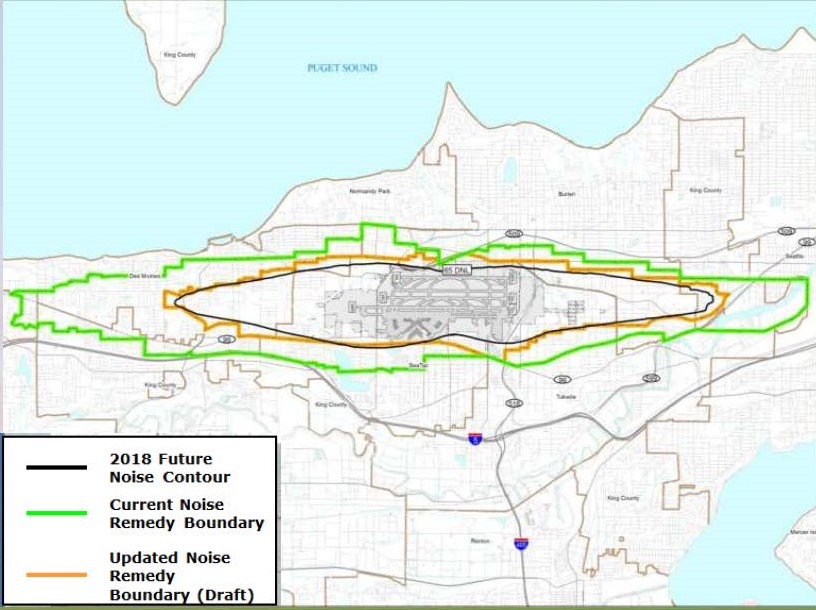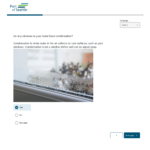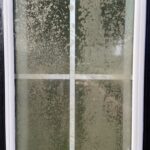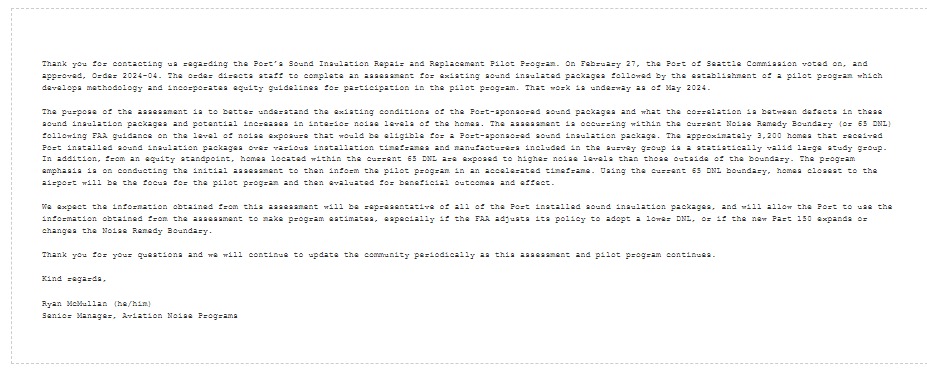Below is the 1full text of a letter we received from Ryan McMullan, the Senior Manager for Noise Programs in response to our concerns about the 2024-04 Sound Insulation Repair and Replacement Pilot Program.
If you’ve been following along, in May, the Port began an ‘assessment’ phase to last until December 31. This is supposedly to determine the extent of the problems, what specific problems would be addressed and which homes go first. They sent out 3,200 Surveys, which we found odd because that number represents only a third of the total number of homes that have received Port Packages since 1985. We believe Mr. McMullan’s letter confirms what we’ve been worried about all along:
These 3,200 homes, representing only fifteen percent of the population that originally received sound insulation, are likely the only residents that will be considered eligible for a Port Package Update.
Background
When the surveys were mailed out, we polled our membership and quickly realized that the Port was ‘pre-filtering’, only sending out surveys to homes that they believe would be eligible for FAA reimbursement if the home were to receive a first-time Port Package today. And that means the current DNL65, the ‘noise boundary’,
The DNL65 (again the ‘noise boundary’) is determined by a Part 150 Study.
The 1993 Part 150 (green) was completed before the Third Runway and provided eligibility for 67,000 residents. Here it is depicted in green. That is why 9,400 homes received sound insulation.
However, the last one (orange), done in 2013, reduced the list of people living inside the DNL65 to 9,712. Or 3,200 homes.

Again: It’s not only one third the homes. Over 85% of the people living in homes that received Port Packages would now be considered ineligible for sound insulation today. And less than 15% of those residents are being assessed for an update program.
Other problems
 In addition to the DNL65, there are other problems with the assessment phase. We feel that the survey itself is highly problematic. We completely disagree with Mr. McMullan’s claim that this survey will accurately represent the full range of Port Package fails. Many of the questions are biased, misleading or just plain wrong (such as one question which insists that condensation–between the panes– can be ‘wiped away’!) This makes us question whether or not Mr. McMullan, or any member of Port Staff, have even seen these homes.
In addition to the DNL65, there are other problems with the assessment phase. We feel that the survey itself is highly problematic. We completely disagree with Mr. McMullan’s claim that this survey will accurately represent the full range of Port Package fails. Many of the questions are biased, misleading or just plain wrong (such as one question which insists that condensation–between the panes– can be ‘wiped away’!) This makes us question whether or not Mr. McMullan, or any member of Port Staff, have even seen these homes.
We’re also concerned that the assessment process is limited to acoustic testing of 30 homes. Acoustic testing was not a prerequisite for the original Port Packages. One was considered noise-impacted simply by virtue of being inside the DNL65. Adding an acoustic testing provision seems like yet another way to exclude as many homes as possible.
Other People’s Money
We believe this is not only unfair, it does and in fact go against the intent of the State of Washington and the Federal government. The Port received $1M in State funding specifically for this assessment phase. They also received $3M from an FAA grant–also for the assessment phase. Neither grant is limited to the current DNL65. And in fact, both State and Federal lawmakers assumed that all homeowners would at least be evaluated. We are asking both the State and Senator Murray’s office to look into this.
What should really matter: Severity and Longevity
 In our view the only criteria that should matter for updates are: severity and longevity. The severity of the issues you are experiencing and the length of time you’ve been dealing with them. In the example at left the homeowner first documented a complaint with the Port of Seattle twenty years ago. That home is now outside the DNL65. That home should go to the head of the line.
In our view the only criteria that should matter for updates are: severity and longevity. The severity of the issues you are experiencing and the length of time you’ve been dealing with them. In the example at left the homeowner first documented a complaint with the Port of Seattle twenty years ago. That home is now outside the DNL65. That home should go to the head of the line.
That is true equity. And it is also the only way to ever get the FAA to expand the DNL65 to include more homes. If airports like Sea-Tac are unwilling even to assess less than fifteen percent of its inventory. why should Congress ever take this issue seriously?
Action Item
We ask you to write the Port of Seattle Commission (commission-public-records@portseattle.org) today and insist that they make a clear statement on Port Package Updates:
- All homes that previously received Port Packages will be eligible for the SIRRPP.
- And all those homes will be evaluated based on severity and longevity.
- Members of Sea-Tac Noise.Info will invited to help improve the assessment phase to insure that that all affected homeowner’s are properly heard.
Help us fix the program to fix your Port Package!
1The full text of Mr. McMullan’s letter.
Thank you for contacting us regarding the Port’s Sound Insulation Repair and Replacement Pilot Program. On February 27, the Port of Seattle Commission voted on, and approved, Order 2024-04. The order directs staff to complete an assessment for existing sound insulated packages followed by the establishment of a pilot program which develops methodology and incorporates equity guidelines for participation in the pilot program. That work is underway as of May 2024.
The purpose of the assessment is to better understand the existing conditions of the Port-sponsored sound packages and what the correlation is between defects in these sound insulation packages and potential increases in interior noise levels of the homes. The assessment is occurring within the current Noise Remedy Boundary (or 65 DNL) following FAA guidance on the level of noise exposure that would be eligible for a Port-sponsored sound insulation package. The approximately 3,200 homes that received Port installed sound insulation packages over various installation timeframes and manufacturers included in the survey group is a statistically valid large study group. In addition, from an equity standpoint, homes located within the current 65 DNL are exposed to higher noise levels than those outside of the boundary. The program emphasis is on conducting the initial assessment to then inform the pilot program in an accelerated timeframe. Using the current 65 DNL boundary, homes closest to the airport will be the focus for the pilot program and then evaluated for beneficial outcomes and effect.
We expect the information obtained from this assessment will be representative of all of the Port installed sound insulation packages, and will allow the Port to use the information obtained from the assessment to make program estimates, especially if the FAA adjusts its policy to adopt a lower DNL, or if the new Part 150 expands or changes the Noise Remedy Boundary.
Thank you for your questions and we will continue to update the community periodically as this assessment and pilot program continues.
Kind regards,
Ryan McMullan (he/him)
Senior Manager, Aviation Noise Programs
